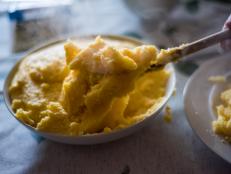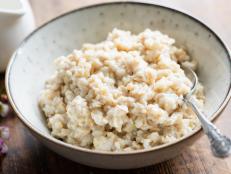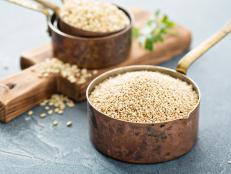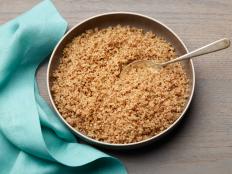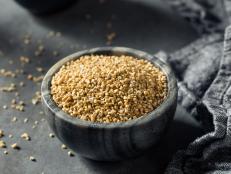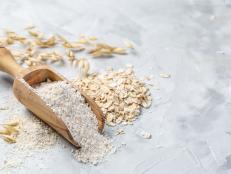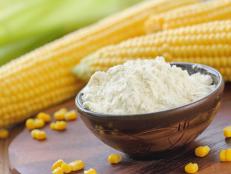Grits vs Polenta: What's the Difference?
Plus, a step-by-step guide for making each.
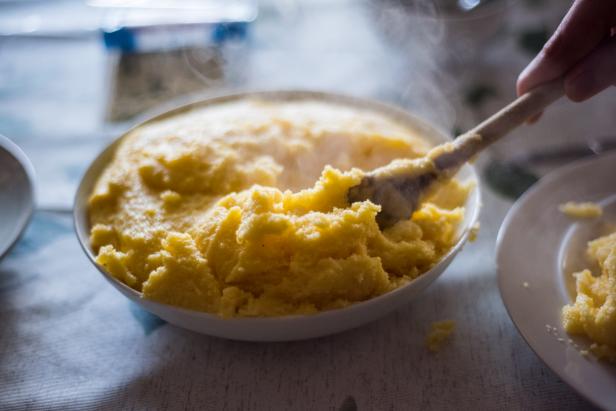
Sergio Amiti/Getty Images
By Layla Khoury-Hanold for Food Network Kitchen
Layla Khoury-Hanold is a contributor at Food Network.
Polenta and grits are both made from ground cornmeal and are comfort food staples in their respective culinary cannons. But the similarities stop there. Here, we break down the differences between grits and polenta and provide a step-by-step guide to making each.
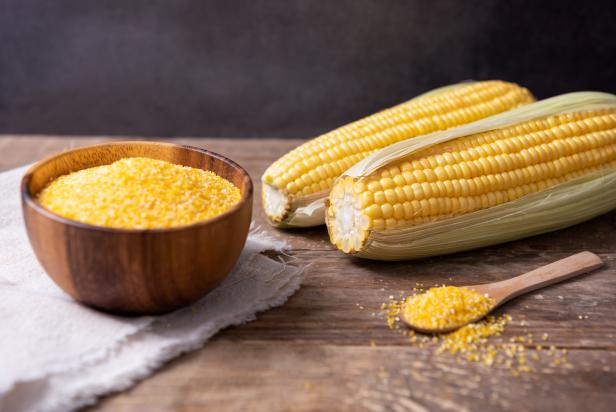
HUIZENG HU/Getty Images
Grits vs Polenta: What’s the Difference?
Both grits and polenta are made from ground cornmeal, but the similarities stop there. These are the main differences between grits and polenta. For more info and recipes, check out our primers What Are Grits? and What Is Polenta?.
Origin
Grits were originally consumed by Native Americans and are an enduring staple ingredient across the American South.
Polenta is a dish of cornmeal porridge that originated among farmers in Northern Italy and is a staple in Italian and Italian American cooking.
Type of Corn
Grits are made from dent corn, most often white corn but sometimes yellow. They can also be made from ground heirloom varietals such as blue grits, blue corn or Bloody Butcher grits (named for their signature burgundy-to-red hue).
Polenta is cornmeal made from ground flint corn, typically yellow corn but sometimes white corn too.
Coarseness
Grits are either stone-ground (aka old-fashioned grits), which are ground with the germ intact and have a coarse texture, or quick cooking, which are more finely milled.
Polenta is typically made from medium- to coarsely-ground flint corn and tends to have a flakier texture than grits.
Flavor
Grits tend to have a more pronounced corn flavor than polenta, particularly stone-ground grits.
Cooking Technique
Flint corn has a lower starch content than dent corn, so polenta doesn’t need to be stirred as frequently as grits during cooking.
Texture
Since flint corn contains less starch than dent corn, polenta isn’t as creamy as grits when boiled.
Storage
Stone ground grits tend to be less processed than polenta so they should be stored in the freezer to preserve their freshness.
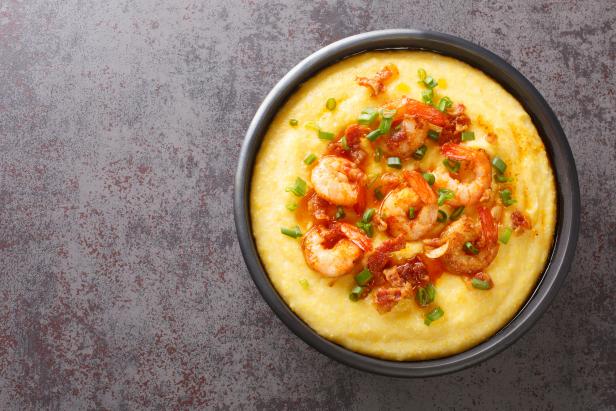
ALLEKO/Getty Images
Are Polenta and Grits Interchangeable?
Since polenta and grits are both made from ground corn, you can use them interchangeably. Bear in mind that grits are higher in starch than polenta, so if you sub in polenta for grits, you won’t have to stir it as frequently, but it won’t cook up as creamy as grits. A couple other things to keep in mind is that grits tend to have a more pronounced flavor and cook to a creamier texture than polenta, which may affect the desired flavor and texture profile of your recipe. Finally, be sure to check the type of corn and coarseness of the grind, both of which can impact flavor, cook time and texture.
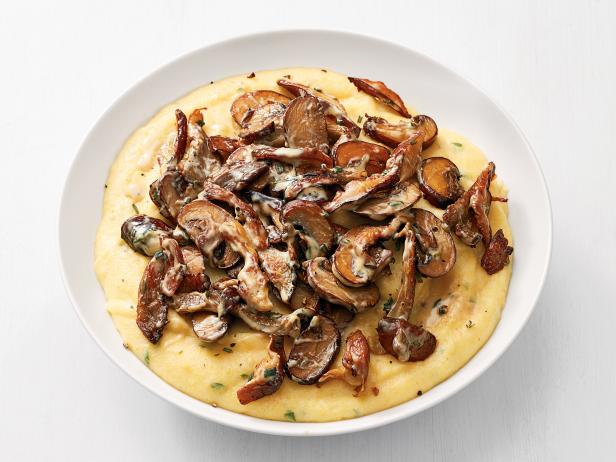
RYAN DAUSCH
How to Make Polenta
Master the basic steps from our recipe for Polenta with Fontina and Mushrooms (pictured above) and you’ll have perfectly creamy polenta in 15 minutes. Here’s a step-by-step guide to making polenta:
1. Bring Liquids to a Boil
Combine 3 3/4 cups water, 1/4 cup heavy cream and a big pinch of kosher salt in a pot and bring to a boil.
2. Add the Polenta
Whisk in 3/4 cup instant polenta.
3. Cook the Polenta
Reduce the heat to medium; cook, stirring occasionally, until creamy, 10 minutes.
4. Add Cheese (optional)
Stir in 1 cup grated fontina (or cheese of your choice).
5. Serve the Polenta
Serve hot, with toppings of your choice, such as sauteed vegetables or a hearty ragu.
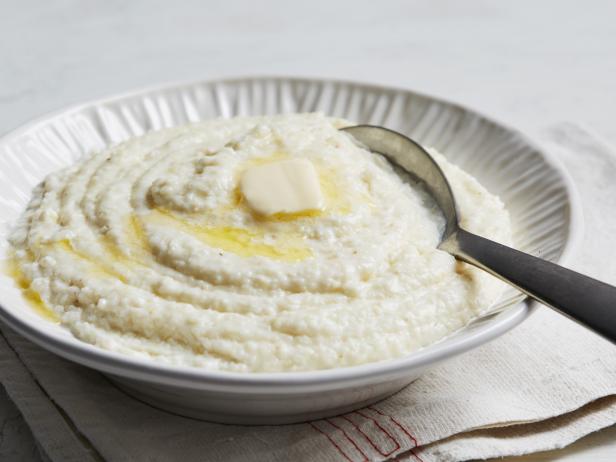
Armando Rafael
How to Make Grits
This simple step-by-step guide for making grits is adapted from our recipe for Creamy Grits (pictured above).
1. Bring Liquids to a Simmer
Combine 1 cup heavy cream, 4 tablespoons unsalted butter, 3 cups water and a pinch of salt and pepper in a medium pot and bring to a simmer.
2. Slowly add the Grits
While whisking, slowly pour in 1 cup quick-cooking grits (not instant).
3. Cook the Grits
Reduce the heat to medium-low and cook, stirring occasionally, until the grits are tender and creamy, about 20 minutes.
4. Serve the Grits
Serve hot topped with a pat of butter.
Related Links:
























